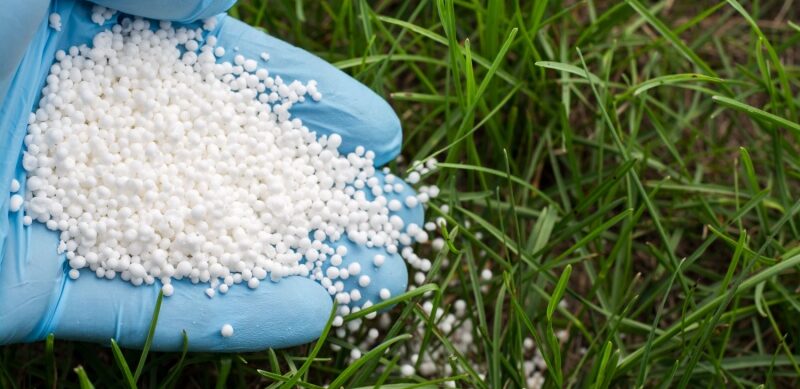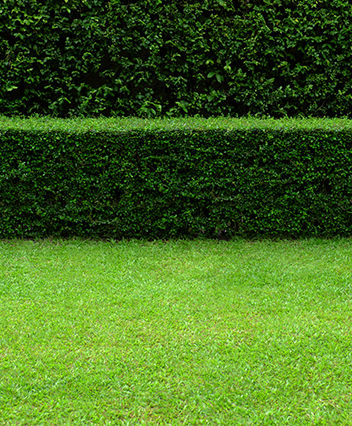When Is Fertilization Treatment Needed?

A lush, green lawn doesn’t just happen on its own. One of the key steps to maintaining a healthy yard is ensuring that your grass receives the right nutrients through regular fertilization. But how do you know when your lawn needs a fertilization treatment? Understanding the timing and frequency of fertilization is essential to keeping your yard healthy, vibrant, and free from weeds and pests.
Why Fertilization is Important
Fertilization provides essential nutrients that grass needs to grow strong and healthy. Most soils lack the necessary nutrients in sufficient quantities to support a thriving lawn, which is why fertilization is important. A balanced fertilizer contains nitrogen, phosphorus, and potassium—three key nutrients that promote healthy root development, vibrant green color, and resistance to pests and diseases.
Without proper fertilization, your lawn may become thin, discolored, or prone to weed infestations. Fertilization treatments provide the nutrients that your grass needs to grow thicker, greener, and more resistant to environmental stressors like drought and heat.
Signs That Your Lawn Needs Fertilization
It’s important to watch for signs that your lawn may be in need of fertilization. Here are some indicators to look out for:
- Yellow or Pale Grass: If your lawn is lacking nutrients, it may start to turn yellow or pale green. This is often a sign that your grass is not receiving enough nitrogen, which is responsible for giving your lawn its vibrant green color.
- Slow Growth: If your grass isn’t growing as quickly as usual, it may be due to a lack of nutrients. Fertilization can help encourage new growth and promote a thicker, healthier lawn.
- Weed Infestations: Weeds often thrive in lawns that are weak or nutrient-deficient. If you’re noticing an increase in weeds, it may be time to fertilize your lawn to help it grow stronger and outcompete the weeds.
- Thin or Patchy Grass: A lawn that appears thin or has bare patches may benefit from fertilization. Proper fertilization helps your grass grow more densely, filling in gaps and making it harder for weeds to take over.
When to Fertilize Your Lawn
The timing of fertilization treatments depends on several factors, including your grass type, climate, and specific lawn needs. For most lawns, fertilization is needed at least twice a year, but the ideal schedule will depend on where you live and the condition of your lawn.
1. Spring
Spring is one of the most important times to fertilize your lawn. As the weather warms up and your grass begins to grow, it needs nutrients to recover from winter dormancy and promote new growth. Applying a slow-release fertilizer in early spring will provide a steady supply of nutrients throughout the growing season.
2. Fall
Fertilizing in the fall helps your lawn prepare for winter by encouraging root growth and strengthening the grass. A fall fertilization treatment also provides essential nutrients that will help your lawn green up quickly when spring arrives.
3. Summer
Depending on your lawn’s needs, a light fertilization treatment may be beneficial in the summer, especially if your grass shows signs of stress due to heat or drought. Be cautious with summer fertilization, as applying too much fertilizer during hot weather can burn your lawn.
4. Winter
In regions with mild winters, such as Fresno, a winter fertilization treatment can help maintain the health of your lawn during the cooler months. This is especially important for cool-season grasses, which continue to grow during the winter.
Choosing the Right Fertilizer
Different types of grass have different nutrient needs, so it’s important to choose a fertilizer that is appropriate for your lawn. A balanced fertilizer that contains equal parts nitrogen, phosphorus, and potassium is a good all-around option for most lawns. However, you may need to adjust the nutrient ratios based on the condition of your lawn and the time of year.
For the best results, consult with a local lawn care expert who can assess your lawn’s specific needs and recommend the right fertilizer and application schedule.


